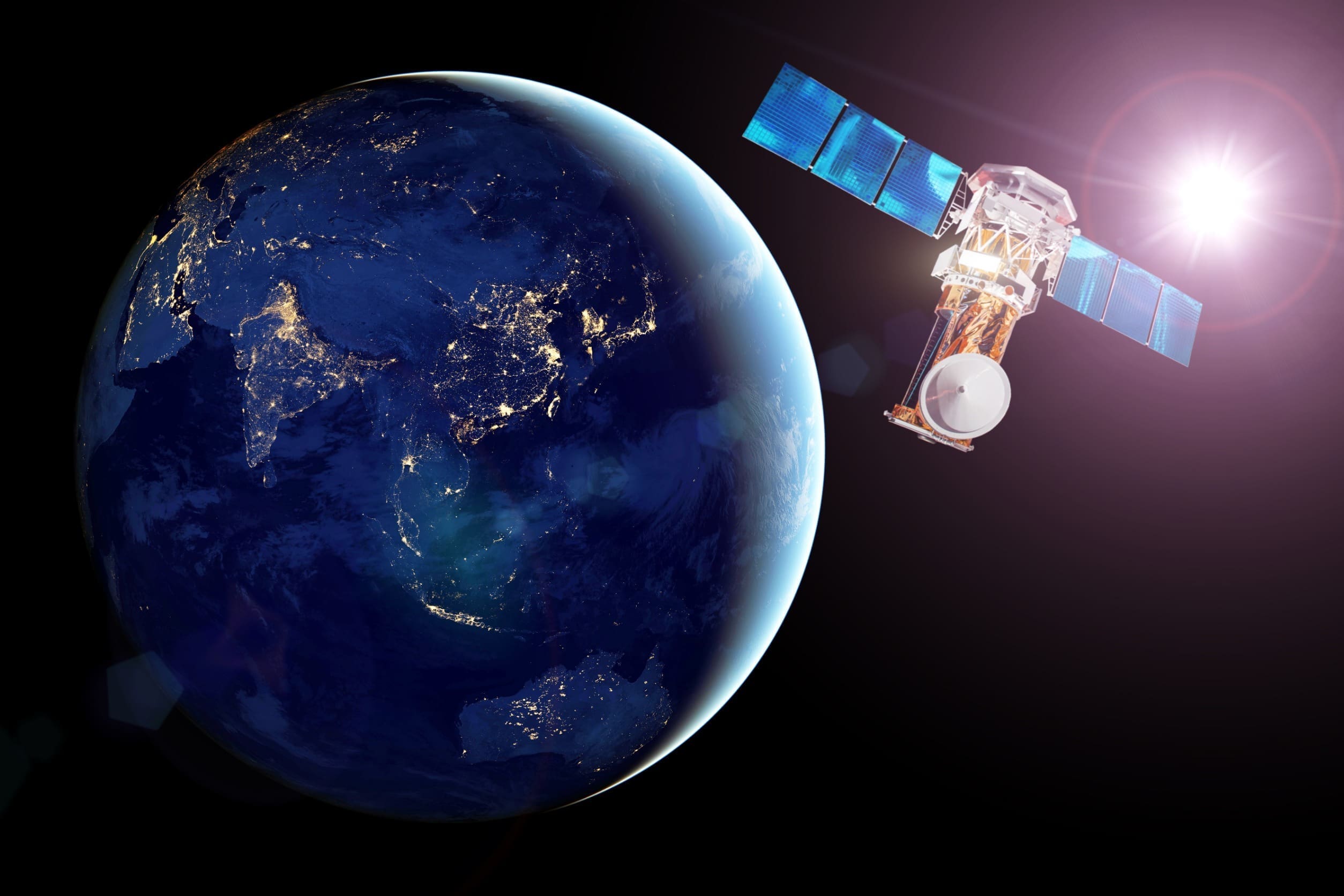If you search for the words “data” and “drilling,” Google will assure you that data comes spewing out of a well faster than the oil or gas. Cisco estimates that a typical offshore rig generates between one and two terabytes (1-2 trillion bytes) of data every day of operation.
On offshore platforms, a small group of operators fight a losing battle to monitor hundreds of data points at a time. In practice, they learn by focusing on which ones will keep the rig out of trouble, while the rest are left for data analysts to comb through for useful insights. Maybe AI will come to the rescue in the next few years, but meanwhile, companies are welcoming any steps they can take to reduce the data stream to manageable proportions.
One such step is to tailor your data-gathering and transmission technology to specific needs. Many components critical to operation at the wellhead don’t need terabytes of data to do their job. Kilobytes – the equivalent of a text message on your phone – will do it. Those kilobytes can deliver the value you need at a fraction of the cost and complexity of the data gusher. Here are some examples.
For many people, satellite can still seem like a weird way to connect; complicated, costly, and unreliable. But that’s old news. Today, satellite services come in many types and price ranges, from the massive antennas seen at TV stations to the internet antenna on the roof and the satellite chip in an IoT device or a simple handheld device. They talk to satellites orbiting the Earth at low, middle and high altitude that, together, reach every square foot of the planet. In the battle to tame the data gusher, oil and gas companies have learned that satellite can be their most useful tool.
How full are those tanks?
It is a rare drill site on land that is not surrounded by tanks holding everything from water and fuel to drilling fluid. Keeping those tanks topped up is a low-tech job that is still critical to the operation. It usually involves peering into a hatch or reading a gauge, then making a phone call to order more. But today, there is a wide range of remote monitoring systems for tank fluid levels, using everything from ultrasonics to radar. Monitoring units install easily on the top or bottom of tanks, run off long-life batteries or solar power, and send their readings to a small satellite transmitter for display on a phone or computer, with automatic alerts to low levels. Cellular is popular for connectivity, but in the remote areas where most drilling takes place, operators can’t count on getting decent cell service. Satellites have the advantage of going everywhere at a surprisingly low cost for sending a few kilobytes into orbit and back down to Earth.
Where’s my sand?
The fracking revolution, which has turned the US into an exporter of oil and gas, depends in part on the availability of enough frac sand on the job site. It is typically delivered in portable silos. Some of the more advanced suppliers integrate solar-powered load sensors and satellite transmitters into their silos. These transmit sand level data direct to the company’s supply management system, which alerts the company to restock sand before supplies run low. As an added benefit, each transmission includes the GPS coordinates of the silo. A technology called geofencing lets the company set a virtual boundary around the silo and triggers an alert if it leaves the area, whether moved by the drilling company or an opportunistic thief. One or two transmissions a day – each shorter than one you send to your spouse to explain why you’re getting home late again – is all it takes.
Where’s my stuff?
The drilling business sends a lot of high-value equipment into remote areas. By one estimate, theft of equipment, fuel, rig components and vehicles is costing the industry at least $30 million a year – based solely on what is reported stolen – and possibly hundreds of millions of dollars more. The cure for this disease is satellite asset tracking. Discrete GPS trackers attached to valuable equipment can report on position from every few hours to every few minutes, with the same geofencing technology sending alerts to unexpected changes of location. Moving equipment beyond cellular coverage doesn’t hide it, because satellites see everywhere. The location data, displayed on a digital map, is also a terrific planning tool for companies that have to move their equipment from site to site. When you can know rather than guesstimate where critical equipment is right now, planning the next day’s work gets much more productive.
How is the team?
Equipment is not the only thing going to remote places. The oil and gas industry sends its people to some of the wildest corners of the world. The farther from cities, ports and highways they travel, the fewer are their options for connecting and coordinating with the home office. That’s why so many rely on hand-size satellite messengers that allow them to check in at new work sites and, if trouble arises, signal for help from the nearest first responders. In addition to messaging, the devices transmit current GPS coordinates. Displayed on digital maps, they give managers situational awareness and improve coordination of the work effort.
How are the pipelines doing?
The millions of miles of active pipeline are at continuous risk of corrosion-based failure. Cathodic protection systems add years of life to pipes by shifting corrosion to a replaceable metal anode, but those anodes need regular inspection to ensure they are still up to the job. The traditional solution is a site inspection by pipeline personnel, which environmental regulations may require six to eight times per year. Companies with hundreds of thousands of miles of pipeline devote significant staff time and travel costs to inspection, especially for pipelines running through remote territory. Fortunately, monitoring technology is available that provides continuous monitoring of the anode with automated alerts to unusual conditions or failure, as well as the ability to remotely control testing for corrosion of the pipeline itself. The systems use cellular where available but rely on satellite connectivity across the vast areas beyond cellular coverage. The cost of sending regular data updates is a tiny fraction of in-person inspection.
Satellite IoT solutions can satisfy the never-ending pressure to downsize staffing without losing situational and environmental awareness. The IoT market research firm forecasts that the installed base of IoT devices in the oil and gas industry will grow by more than 19 percent CAGR from 7.8 million in units in 2023 to nearly 19 million connected devices by 2028. Early adopters will be the future leaders in the industry.
Martin Jefferson currently serves as the Commercial IoT Data Services Manager for Globalstar. With over 30 years of experience as an experienced senior technical sales executive, Jefferson helps drive the satellite IoT business for the brand and acts as key liaison for Globalstar’s Value Added Manufacturers and Resellers.







